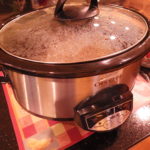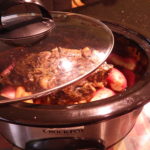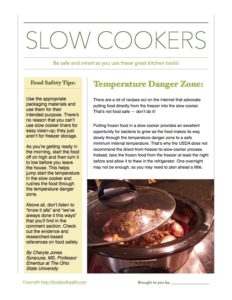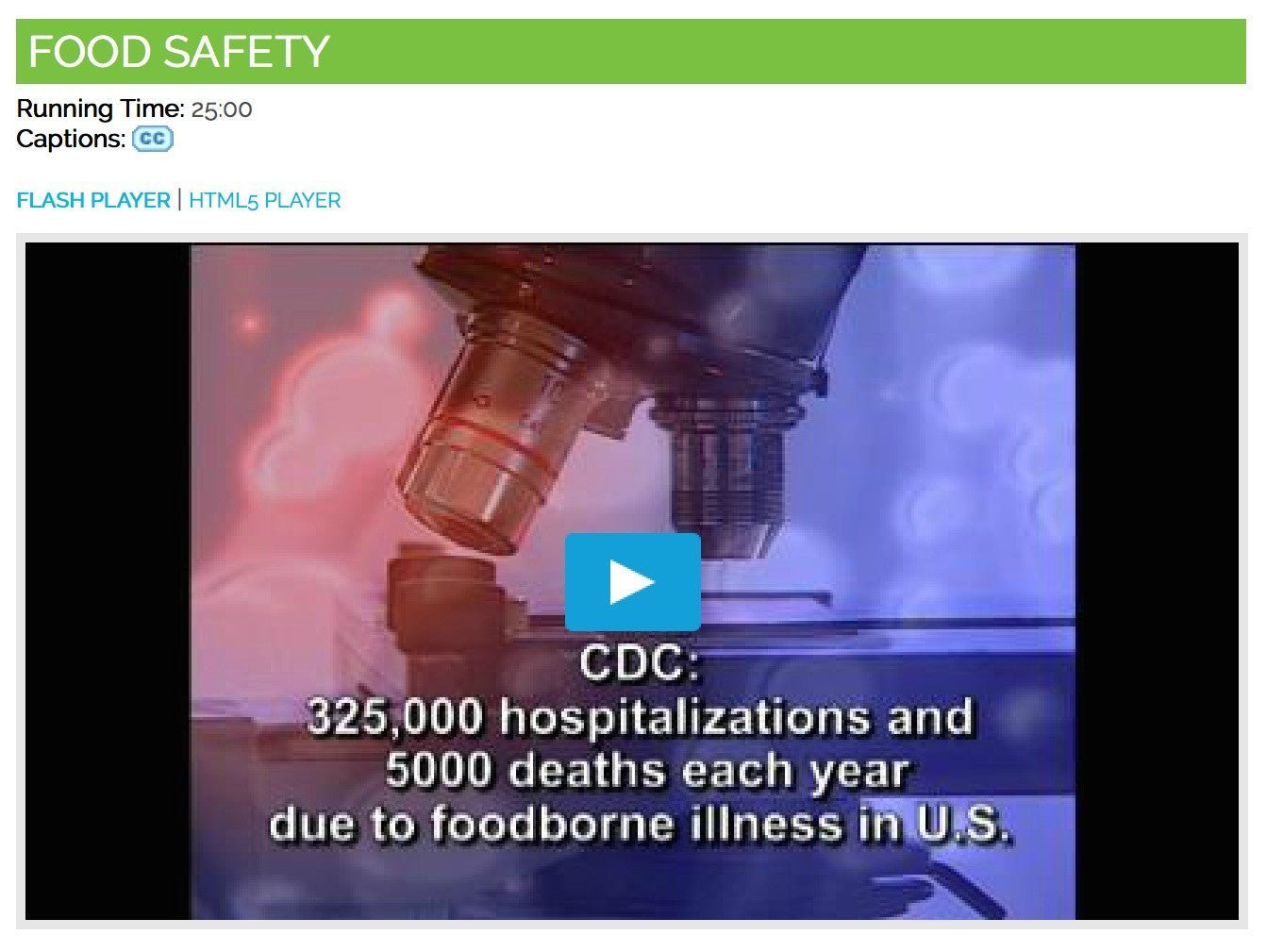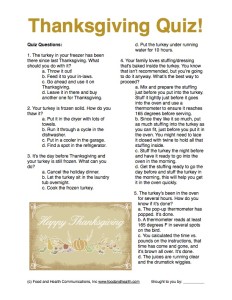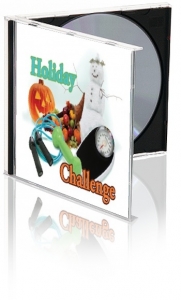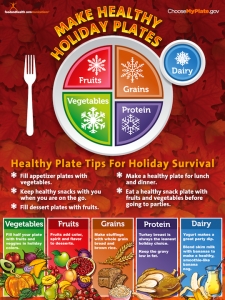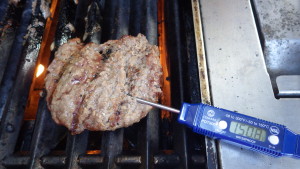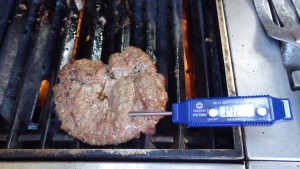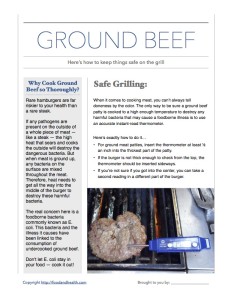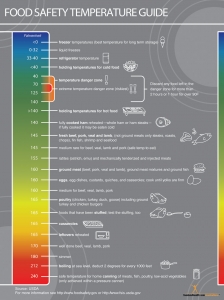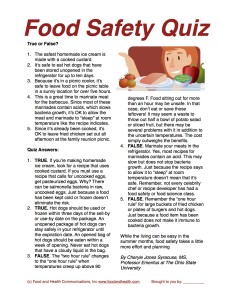It’s time for a little venting session.
My family thinks that I’m obsessive when it comes to food safety. They get upset when I get up from a dinner table and start to put food into the refrigerator and I always hear them say things like, “it’s OK to leave those beans out,” or “this is still hot, let’s let it set out for a while.”
Here are a few examples.
The Family Reunion: For a recent gathering, my cousin made his favorite baked beans recipe. It included sausage, hamburger and hot peppers, and he prepared it the day before and put it in the refrigerator. The day of the reunion, at about 1 p.m. he brought a small slow cooker, overflowing (at the point that the lid didn’t even close) with these cold baked beans and turned it on. We were going to eat at about 3 p.m!
First off, leftovers shouldn’t be re-heated in a slow cooker.
Second, this was way too full.
To make things a bit safer, I took action. When everyone else was outside, I took the baked beans out of the slow cooker and heated them on the stove to 165 degrees F. After that, I washed out the slow cooler and then put the beans back in on low.
Last Thanksgiving: For our celebration last year, we went to a friends’ home with my mother for the holiday weekend. The plan was for them to get the turkey, then I would cook it. Unfortunately, we arrived Wednesday evening to find the frozen bird in a cooler. Yikes!
As I was looking a little upset about this turkey situation, my mother said “It’s alright, honey.”
It isn’t alright.
Could I save the turkey? My first thought was about the temperature, so I put a thermometer into the cooler. Luckily, my friend had added some ice packs. The temperature was below 40 degrees F, and the turkey was still mostly frozen. I put it into the refrigerator ASAP and no, we didn’t have to cancel Thanksgiving.
At the same Thanksgiving, the daughter-in-law of the host brought homemade pumpkin pie, at room temperature. I heard her say: “I just make it last night, it doesn’t need to be in the fridge.”
In my opinion, there was no saving it. It may have been safe because of the amount of sugar added, but how can you be sure with a homemade custard pie? I whispered to my husband, “don’t eat the pie.”
Maybe I should have been more forceful with the rest of the family. After all my mother was there. She and our friend are both over 80 years old and more susceptible to foodborne illness. The last thing they need is to get sick.
If this were a class, I’d call it a teachable moment. However, being the educator at a family event can be hard. How do you not be the “Grinch that ruined the special occasion with your family?”
Well, look at the consequences. Diarrhea or barfing all night would definitely spoil a holiday.
I’ve heard other food safety educators talk about this topic. Some don’t eat at their mother-in-law’s. Others won’t go to pot luck dinners. Many of their spouses also know that “I-wouldn’t-eat-that-if-I-were-you” look.
I just wanted to share with other educators… it’s not just you!
I’m not sure that I have any good advice on this topic. I guess we just have to keep trying to be good role models and do the best we can to educate, even educating those that are the closest to us.
By Cheryle Jones Syracuse, MS, Professor Emeritus at The Ohio State University
To help you teach about food safety, I’ve also made a new printable food safety handout with lots of tips and “dos and don’ts.” I hope you like it!
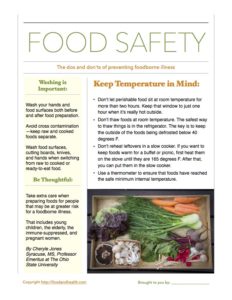 And here are some other educator resources that can make your work easier…
And here are some other educator resources that can make your work easier…





